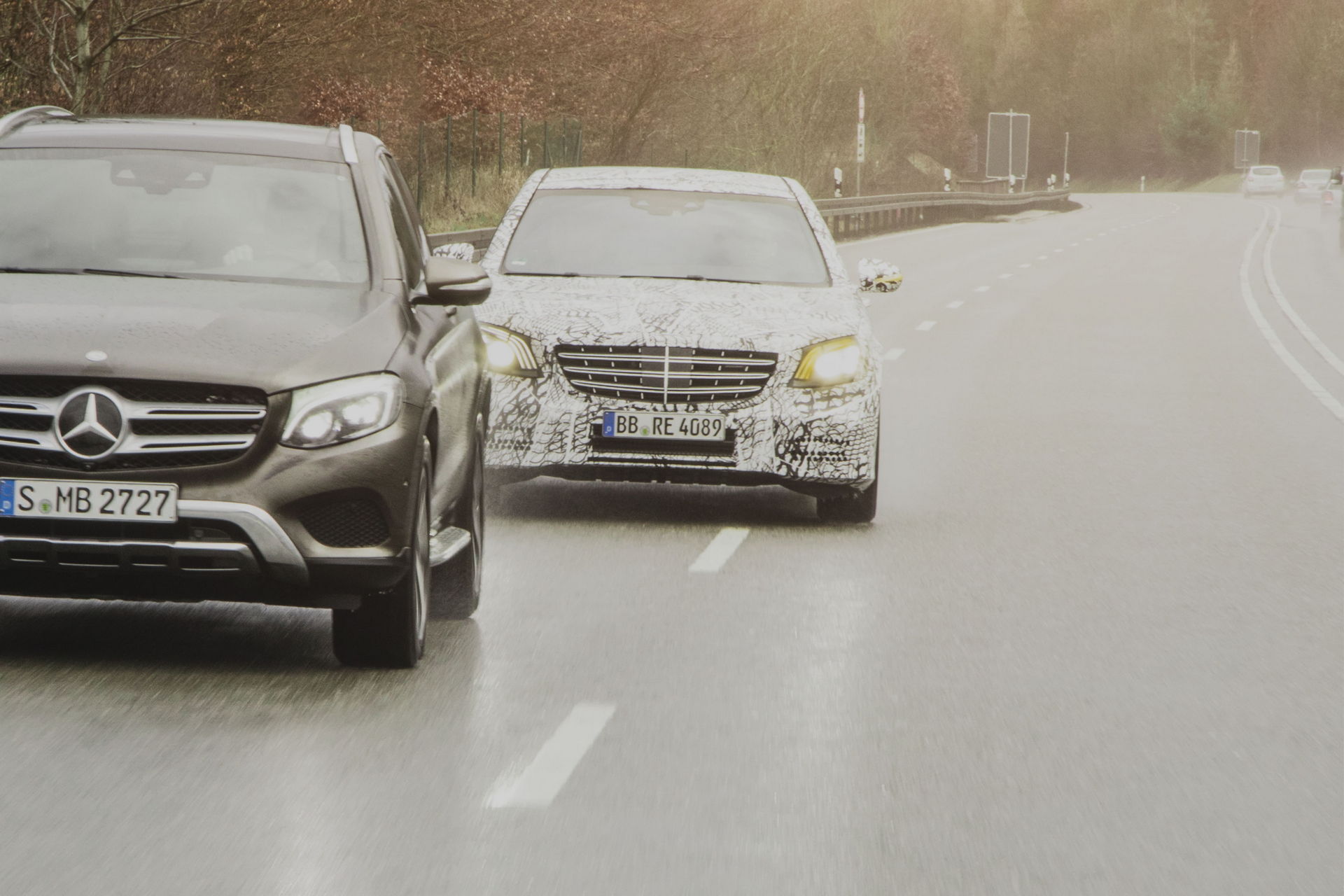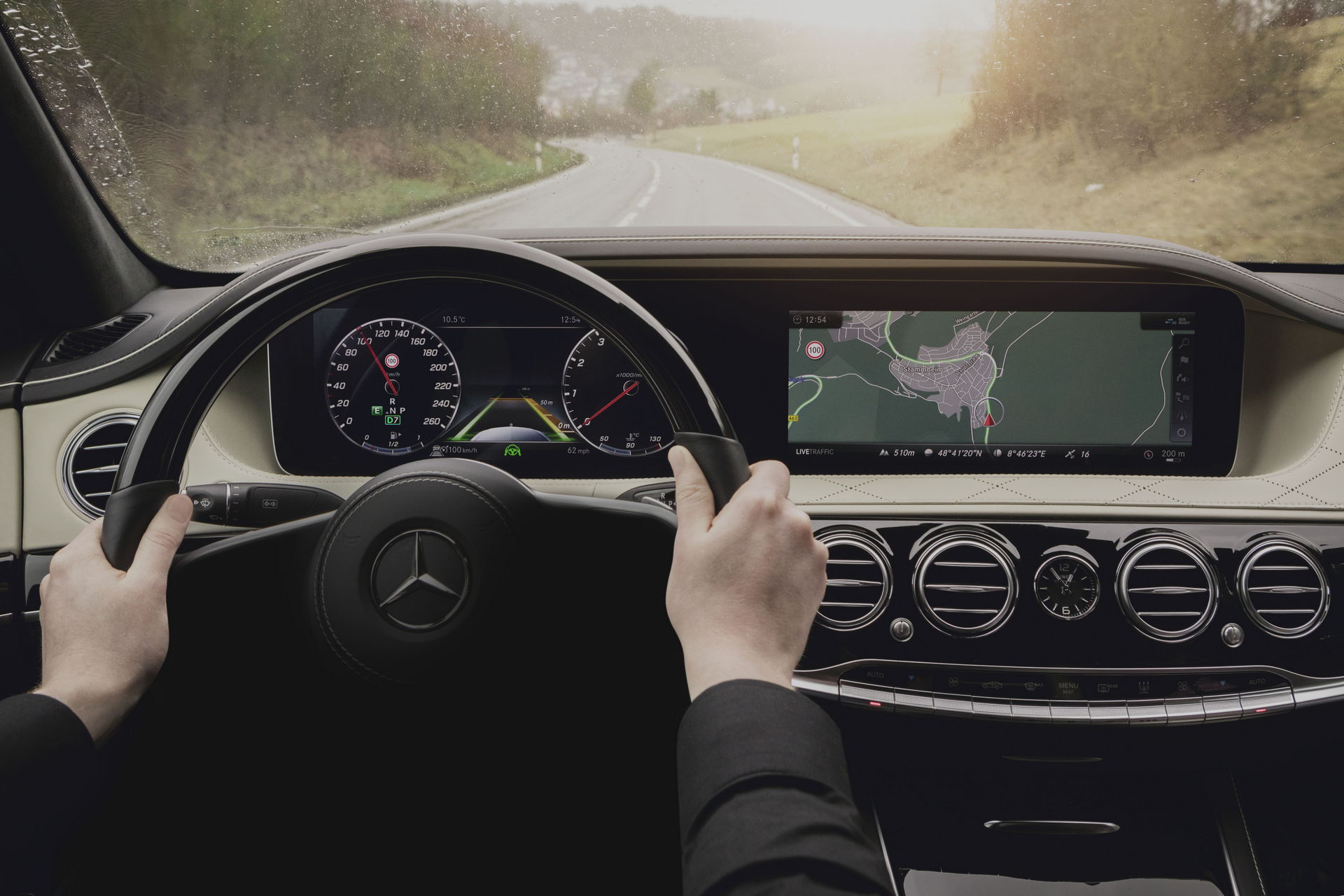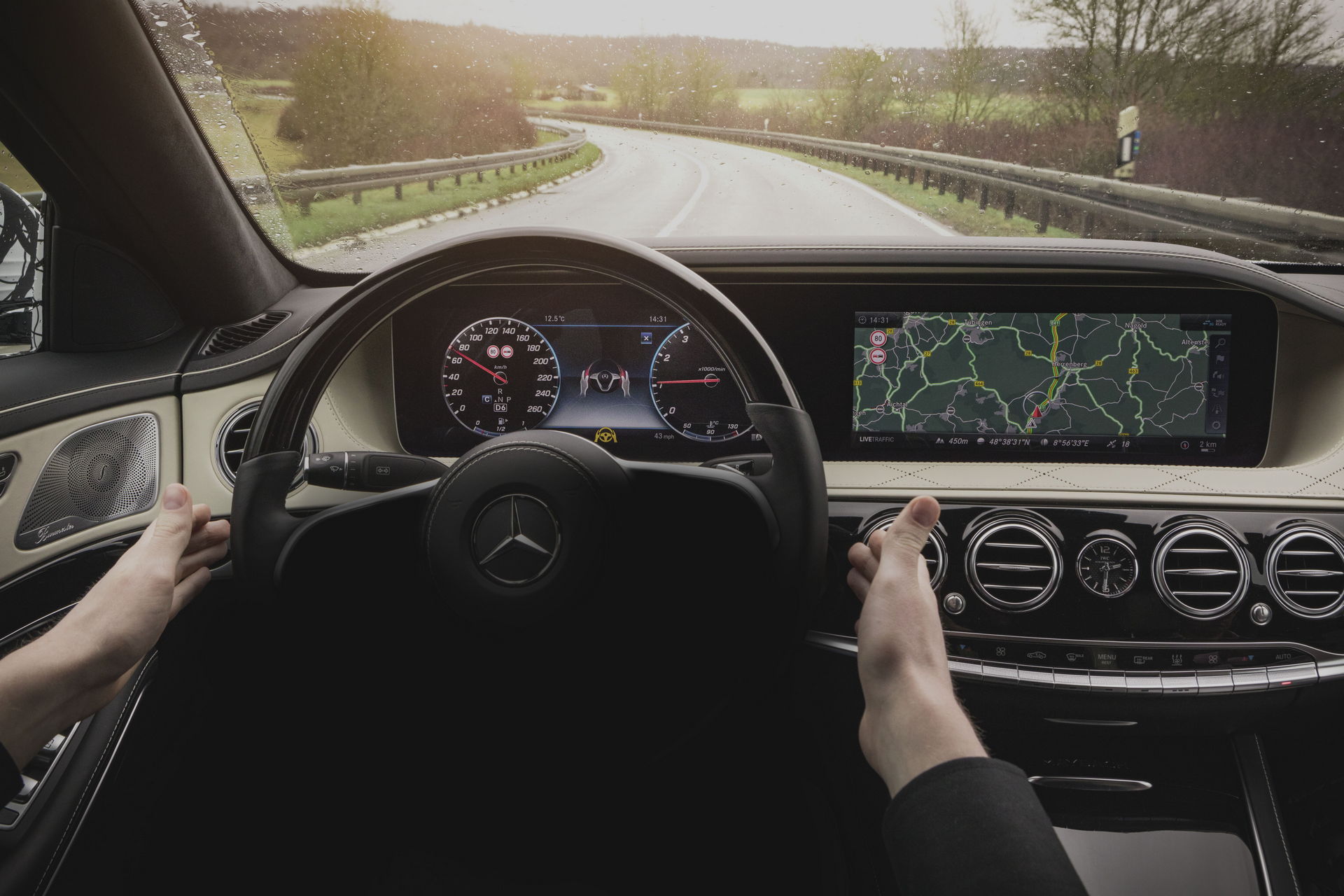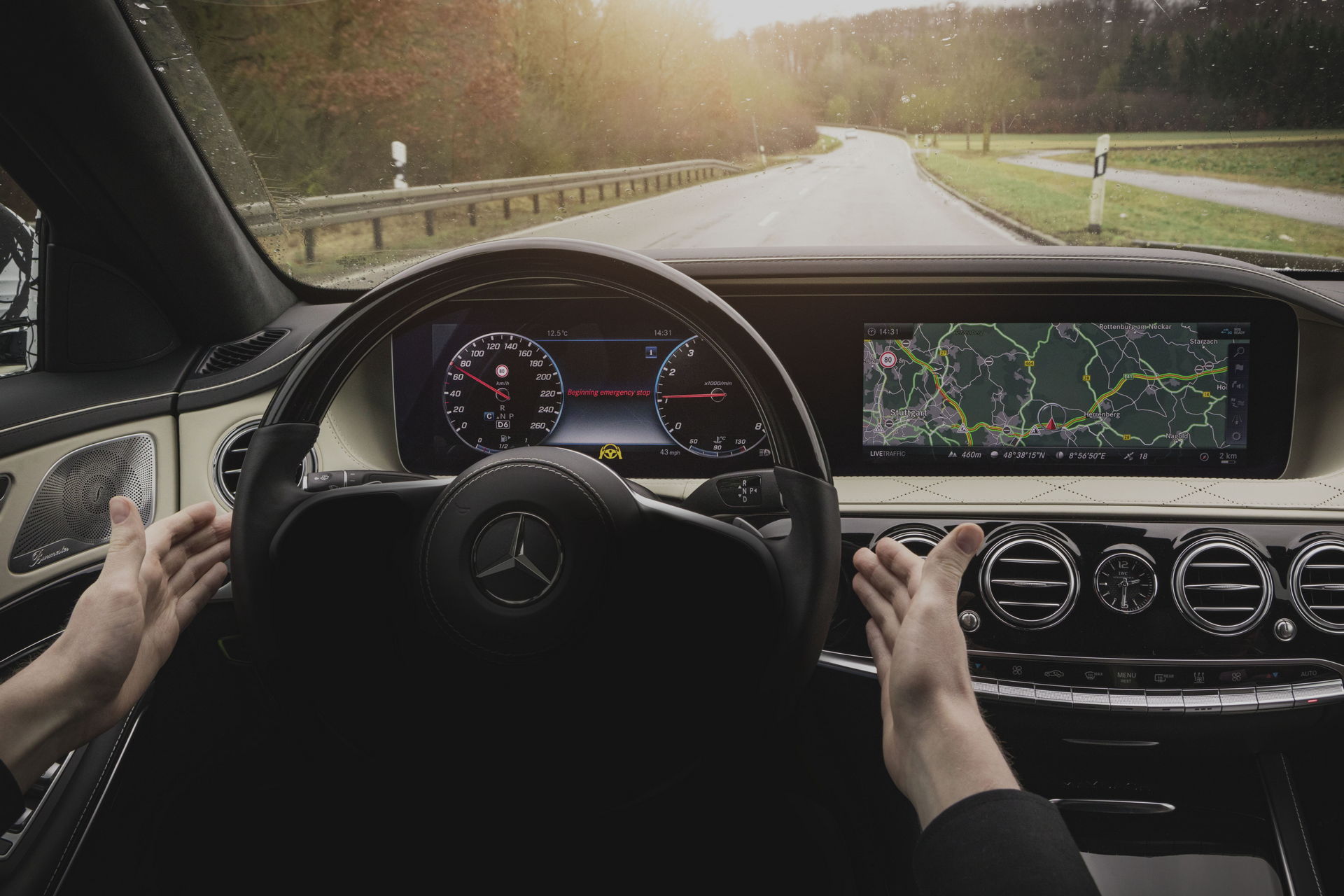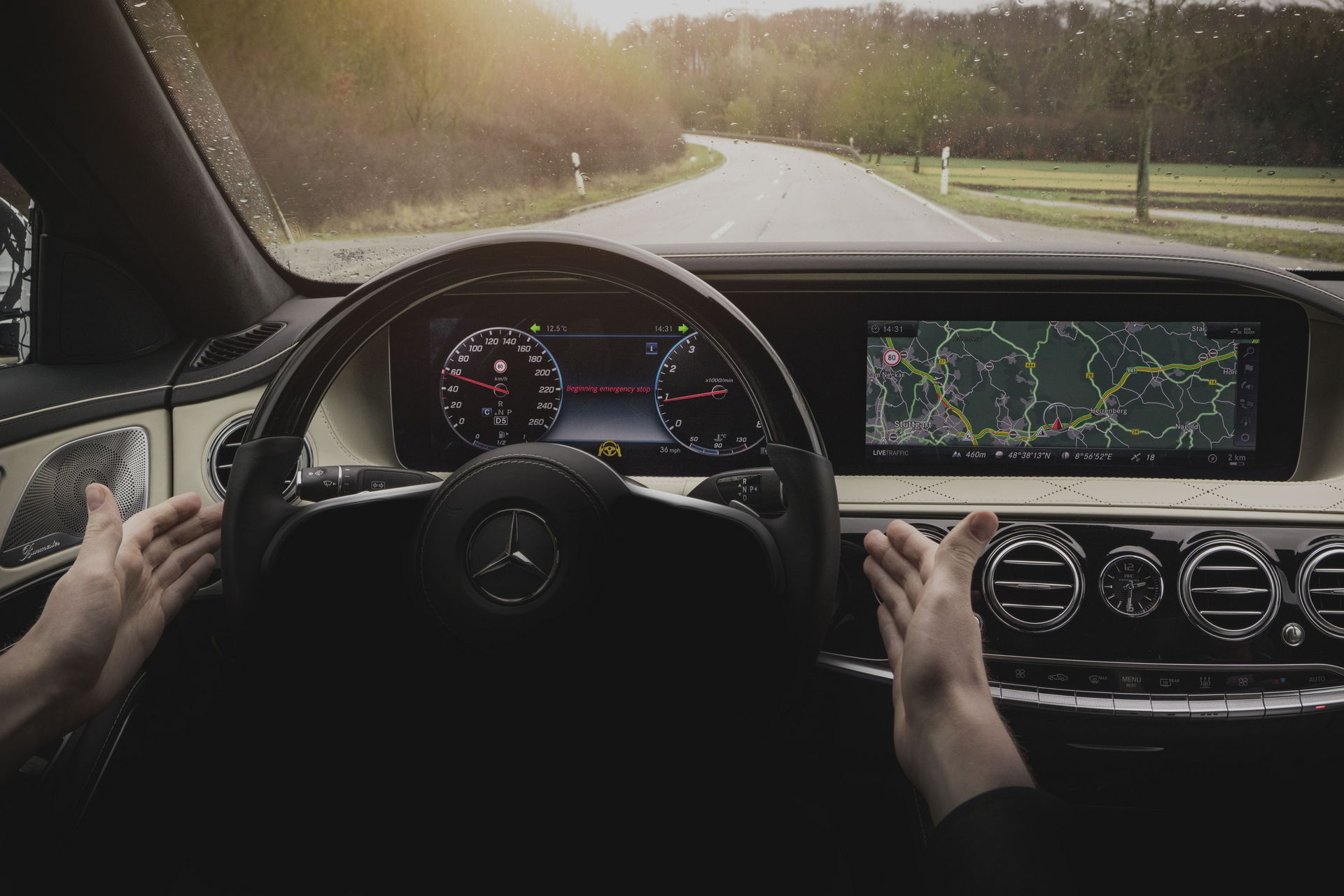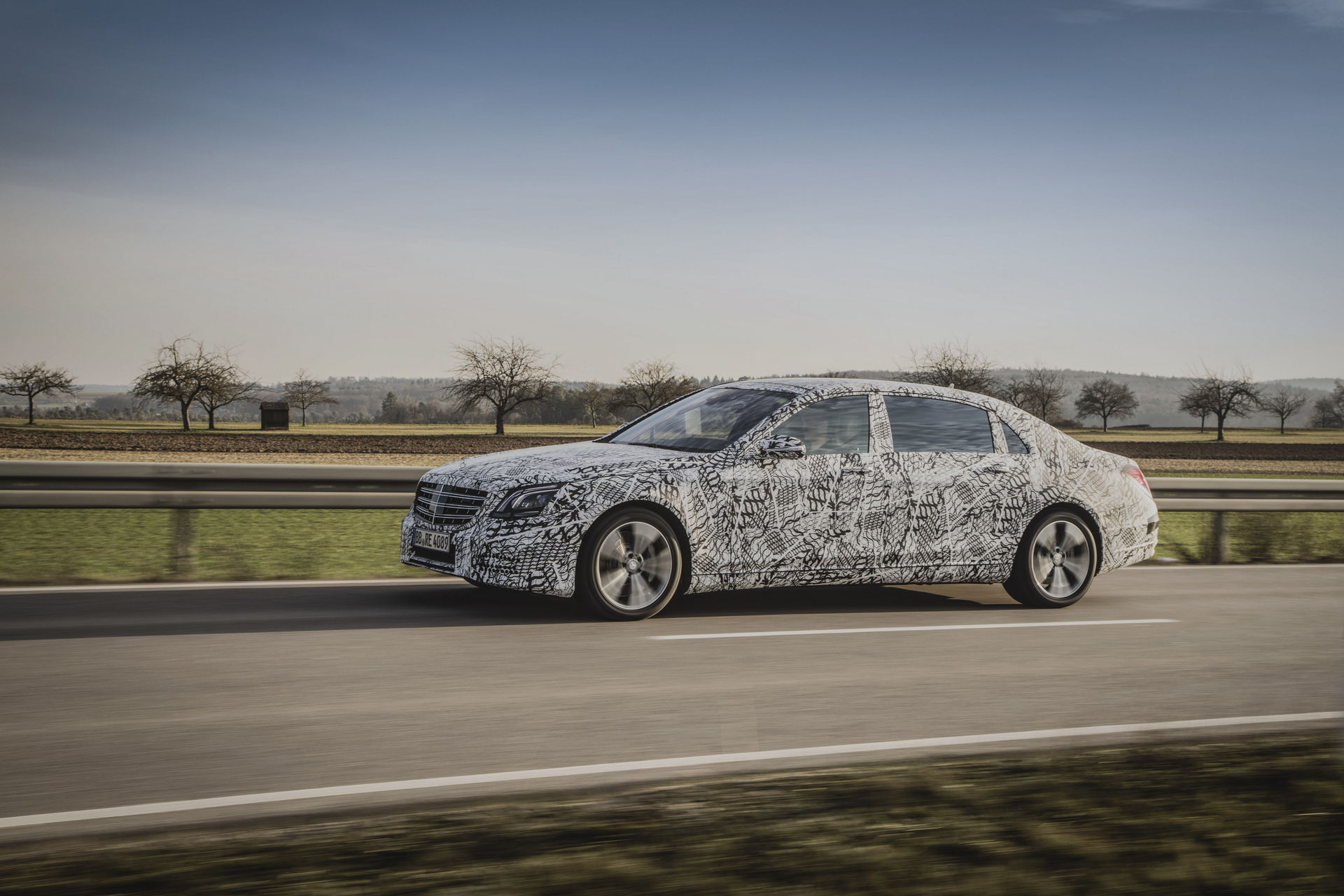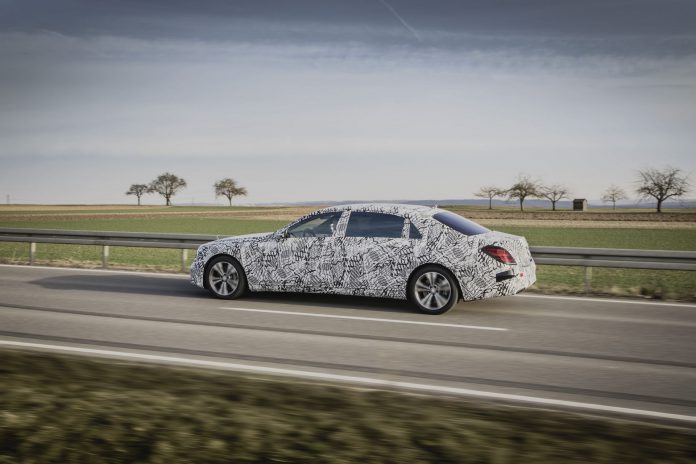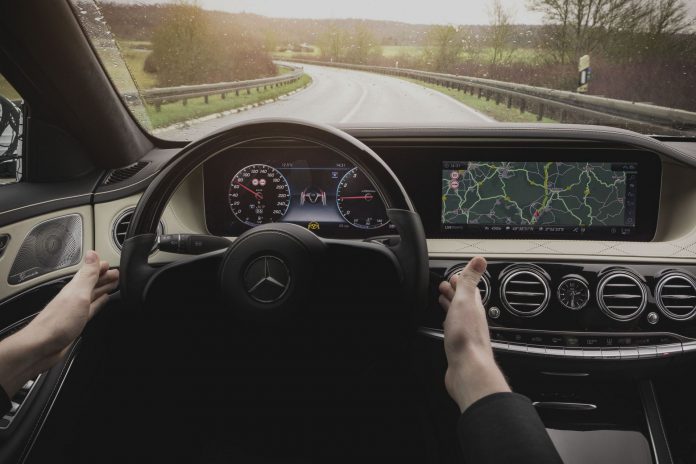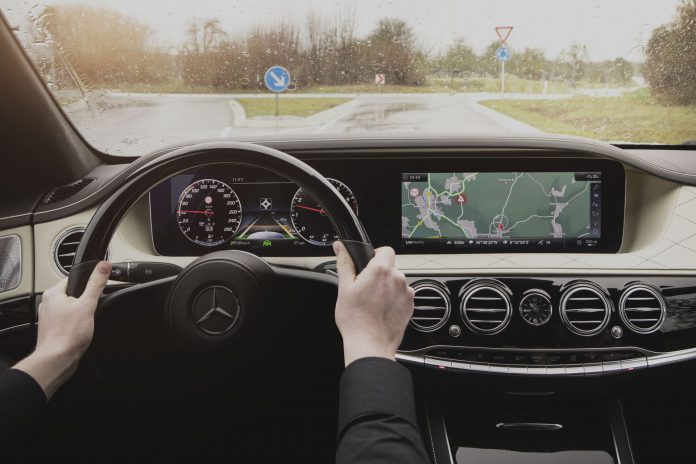Autonomous driving is coming! That is the message Mercedes-Benz is sending to the world with the upcoming introduction of the new Mercedes-Benz S-Class and the advanced new and updated assistance systems on board. I had an exclusive first preview of these updated driving assistance systems that take another leap forwards towards autonomous driving.
Before I continue it is important to stress that the new systems available on the 2018 Mercedes-Benz S-Class are still so called ‘level 2’ systems which means the driver is responsible for everything the car does and should be aware of the situation at all times. The same goes for systems from other manufacturers currently on the market.
Having said that Mercedes-Benz is about the introduce a few new features that will provide further aid and assistance to the driver and with a bit of imagination you can tell the next step is not all that far away.
To experience the systems first hand I’m whisked from the Mercedes-Benz R&D facility in Sindelfingen to a S-Class prototype covered in the typical wrap that you may know from the spy shots. To demonstrate and test the new assistance systems Mercedes-Benz used the most exclusive model of the current line-up: a Mercedes-Maybach S600.
I’m kindly requested to take place at the passenger seat – no driving today as permission to drive this pre-production prototype is limited to Mercedes-Benz engineers only. The drive of about one hour should demonstrate a couple of new systems of which ‘Active Distance Assist Distronic’ is the most significant one.
Active Distance Assist Distronic is a fancy new name for a further development of the existing Distronic adaptive cruise control. On the new S-Class Distronic uses a combination of sensors and high definition map data provided by Here to adapt the speed not only based on traffic that the sensors can see but also based on corners, roundabouts and other road features that usually require a driver to slow down.
In addition the new Active Speed Limit Assist automatically adjusts the speed of the car to the speed limit on a certain part of road. Again using a combination of sensors and data available from the maps the car adapts to the speed limit so speeding tickets are a thing of the past.
Active Steering Assist already saw a major improvement with the introduction of the new E-Class but has been tweaked further to be more precise and able to aid the driver in more situations. One part of it is the ability to follow cars in a traffic jam and stop and go traffic with stops up to 30 seconds. Remote parking assist will now allow you to park the 2018 version of the Mercedes-Benz S-Class with an app on your smartphone.
Active Lane Change Assist can perform overtaking manoeuvres on dual carriageways taking into account traffic coming from behind and valid road rules.
Last but not least there is Active Emergency Stop Assist which recognizes when a driver is not responding and automatically bring the car to a safe and controlled stop.
The first thing I notice when we start our journey is that the controls for the distronic and steering assistance are moved from a lever behind the steering wheel to a new set of buttons on the left side of the steering wheel itself. This should provide quicker access and clearer controls.
Interesting is that the active distance assist functionality works even when there is no destination set in the navigation system. Prototypes from even more advanced level 3 systems we have tested recently require a destination to make use of the map data and adapt to the route but Mercedes-Benz has found a way to know where a driver is going even without the destination.
Engaging is the system is easy for everyone who has ever used adaptive cruise control. Enable the system and it will hold your speed and brake automatically when something appears in its way. The first real test during my drive comes after about one kilometer when we have to exit the main road and make a sharp right turn. Looking closely at the drivers leg I can see he is nowhere near the paddles but the car brakes for the corner and the driver only has to turn the wheel. The speed is still set to the maximum speed of the road – in this case 70 km/h. After the corner the S-Class prototype accelerates back to 70.
The level of acceleration depends on the drive setting of the car – in economy it is very gentle to preserve fuel, in comfort it accelerates a bit faster and backs of the throttle a bit later before a corner and in sport and sport+ its behaviour is more sporty.
We continue onto the autobahn and I have the opportunity to witness the active lane change system. Touch the indicator briefly and the system will initiate a lane change. It checks a set of parameters in a split second – is the lane next to the car clear, is there no traffic coming, are we on a highway or two lane b-road and is there no overtaking restriction – and starts its move. It feels very natural although the range of the rear radar (80 meter) might not be enough to recognize other cars coming up fast from behind on the German autobahn per example. So drivers really have to keep an eye on the moves the car is making at all times.
Leaving the autobahn behind us we head down some b-roads through some villages and this is where the new active distance assist and speed limit assist systems really shine. Every situation – whether a corner or a roundabout is recognized and displayed in the center of the screen in front of the driver. For a corner the car slows down to a speed that is estimated based on how sharp the turn is, what angle it is taking and other specifics supplied through the map data. In most cases it is hard to tell if the car is braking or the driver which is certainly a good sign. The speed limits are interpreted well and the car flawlessly changes pace between the allowed 100 km/h extra-urban, 50 km/h in towns and 70 km/h in certain other areas. On the autobahn it sticks to the advised speed of 130 km/h but you can overrule the speed at any time by raising or lowering it with the buttons on the steering wheel.
Coming up to a roundabout the car slows down to a speed with which you can drive through it. There is one catch though, when there is a car coming it won’t stop so the driver has to be alert and ready to brake to a full stop. I also noticed the steering assist icon that normally lights green when it is actively assisting the driver with steering inputs turn grey just before the roundabout or intersection which means the system is on standby and the driver has to steer himself. This is certainly being worked on but will not be introduced until it works flawless in 99,99% of the situations. Another situation drivers still have to look out for are traffic lights which are not recognized yet.
Overall the new systems show that we are moving towards (part) autonomous driving rapidly. From a hardware and software perspective level 3 autonomous driving systems are closer than ever requiring lawmakers around the world to step up their game and provide the legal framework to enable next generation cars to drive autonomously in certain situations – highway journeys per example. We certainly can’t wait until boring congested journeys can be turned in to effective work or leisure time!



